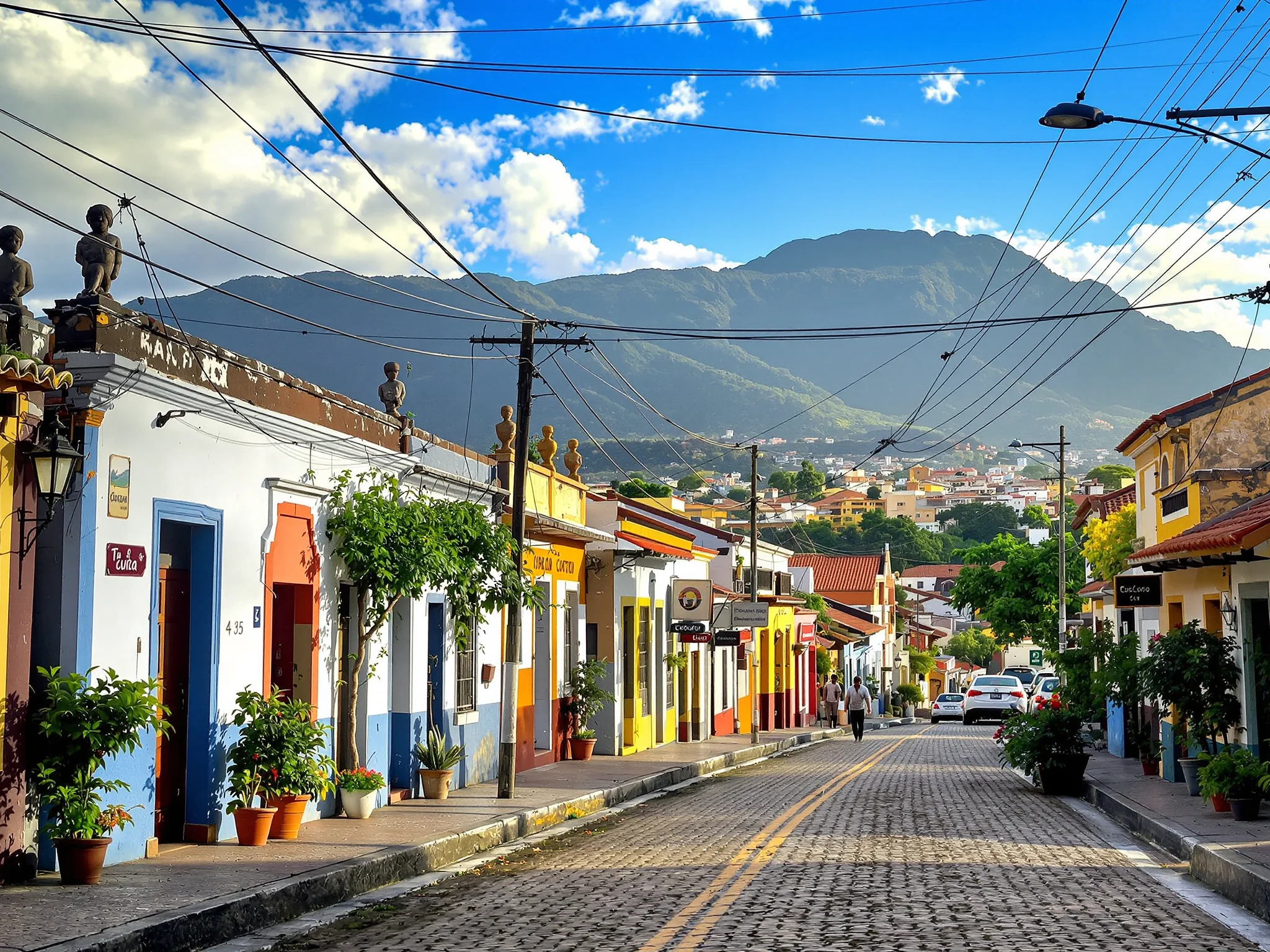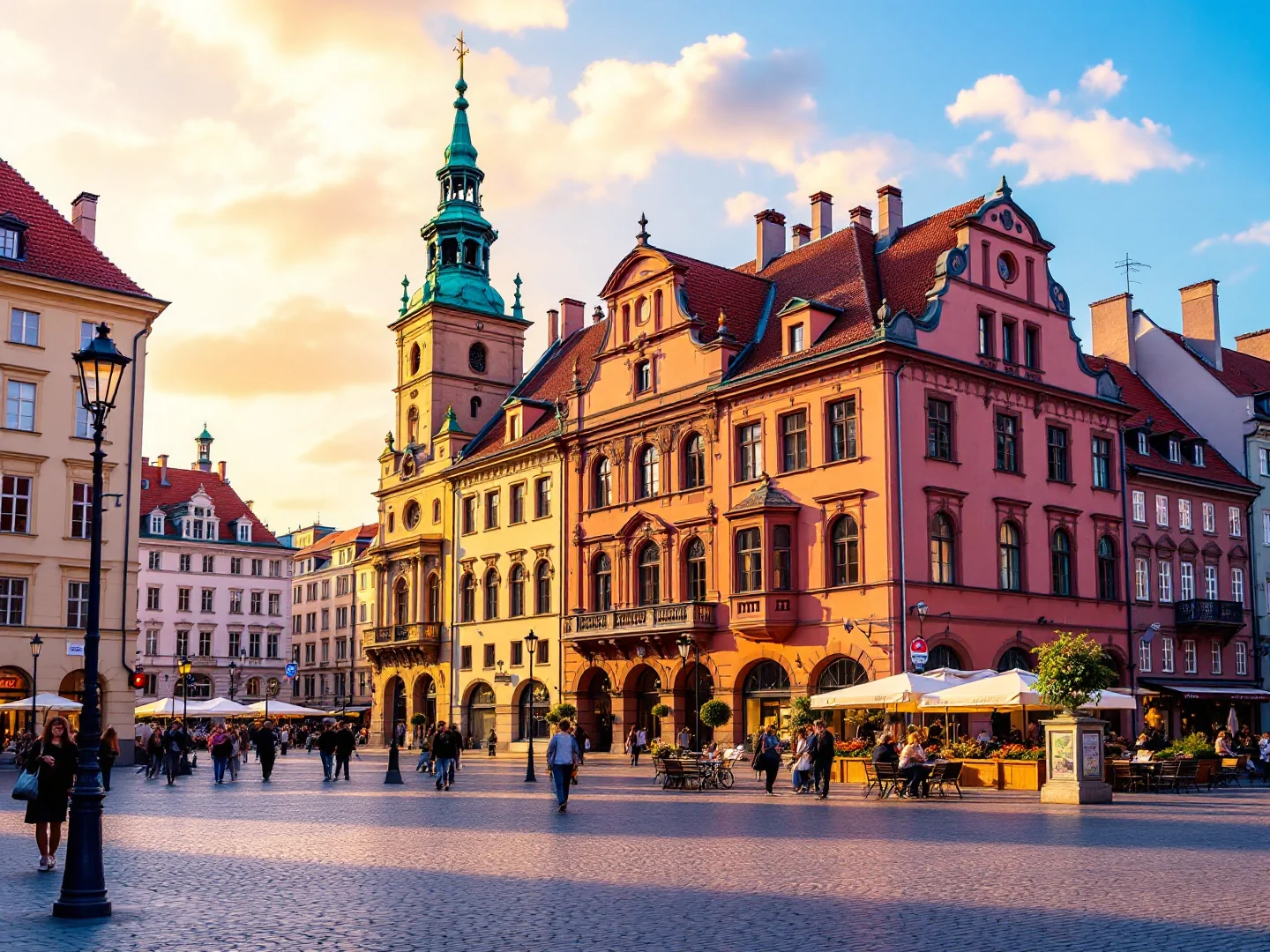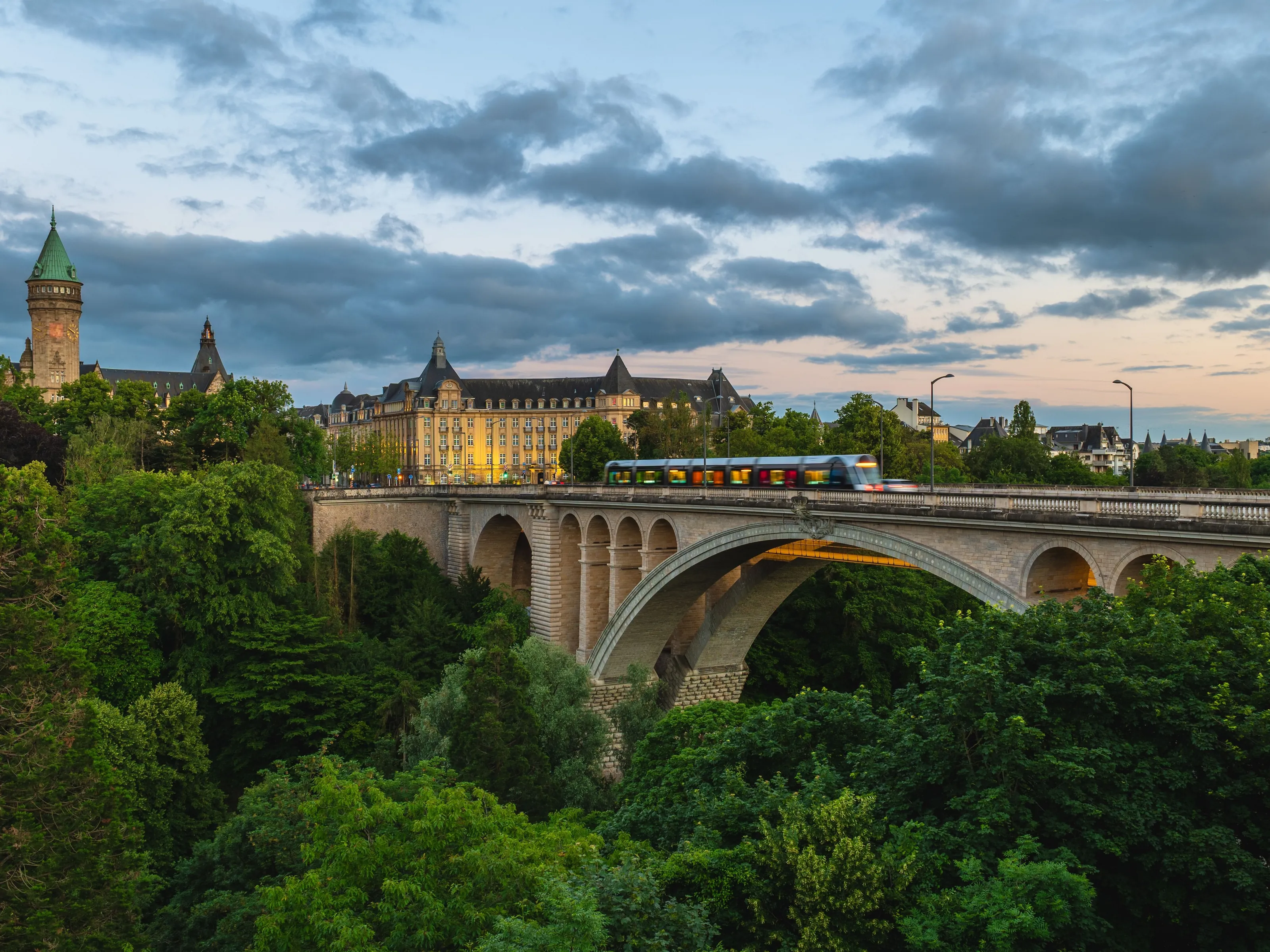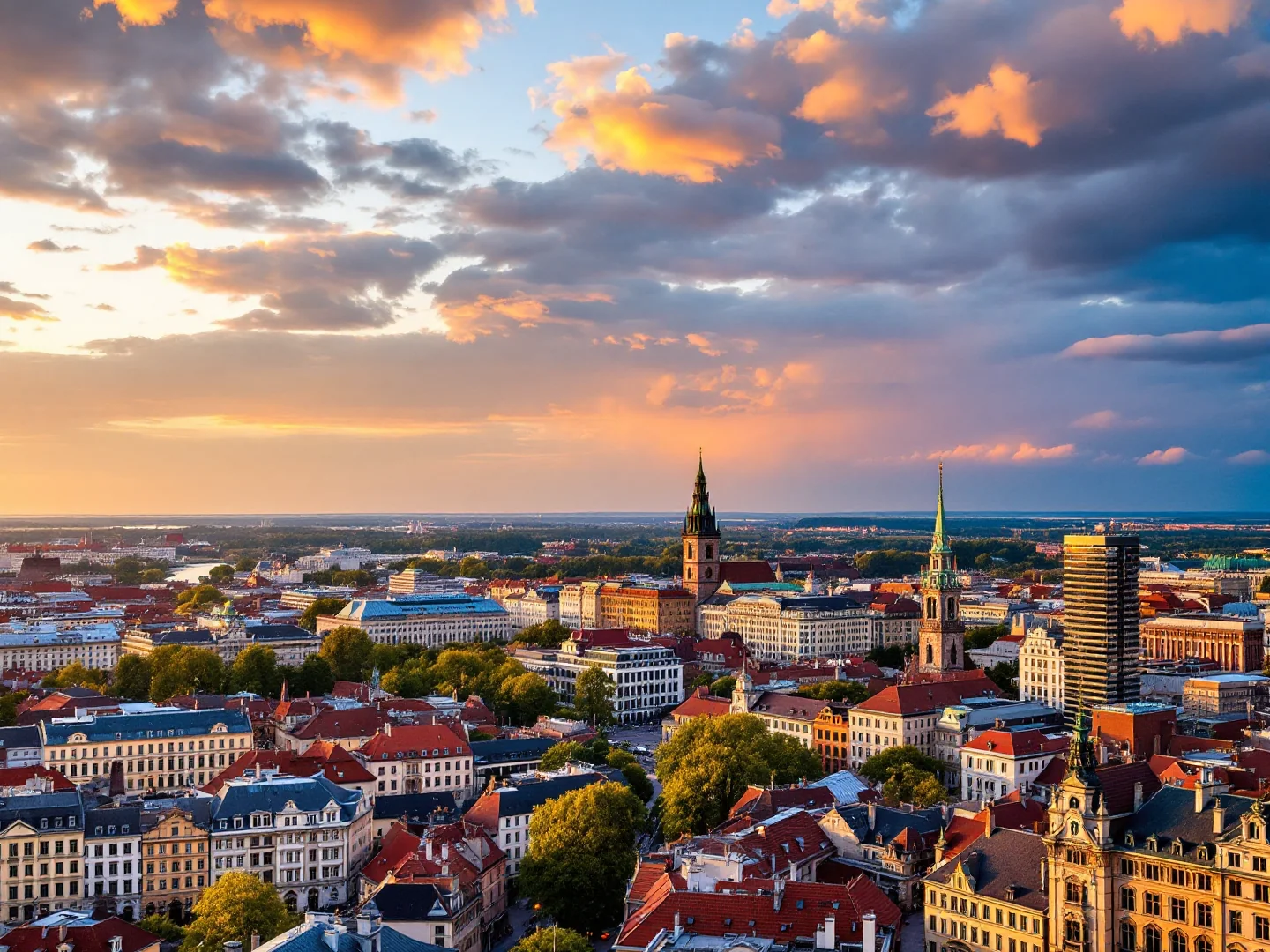Why Visit Cusco?
Cusco mesmerizes as the ancient Inca capital where massive stone walls fitted without mortar line cobblestoned streets, Spanish colonial churches rise atop Inca temples, and 3,400-meter altitude causes breathlessness before acclimatization—yet every visitor endures thin air to reach Machu Picchu's cloud-forest citadel. Once the navel (qosqo) of the Inca Empire ruling from Ecuador to Chile, Cusco (pop. 430,000) preserves extraordinary cultural layers: 12-angled stone in Inca walls showcases engineering mastery, Plaza de Armas' baroque cathedral houses colonial religious art, and San Blas's artisan quarter hosts bohemian cafés where backpackers plan treks.
The altitude hits hard—spend 2-3 days acclimatizing before Machu Picchu or multi-day treks, drink coca tea, and ascend gradually to avoid soroche (altitude sickness). Sacsayhuamán's zigzag ramparts above Cusco feature 200-ton stones transported from quarries 20km away using methods still debated. Sacred Valley day trips (full day tours S/70-100) visit Pisac's terraced ruins and Sunday market, Ollantaytambo's fortress where Incas defeated Spanish, and Moray's circular agricultural terraces.
Yet Cusco centers around Machu Picchu access: train from Ollantaytambo (PeruRail/Inca Rail, $120–$160 return), bus to ruins (about US$24 / ~S/90 return for foreign adults), and entrance tickets (S/152-200, book weeks ahead for limited permits). Alternative: 4-day Inca Trail trek permits (book 6 months advance, $600+) or 2-day Inca Trail ($500+). The food scene elevated traditional cuisine—alpaca steaks, cuy (guinea pig), quinoa soups in Plaza de Armas restaurants, with pisco sours at altitude hitting harder.
San Blas's steep alleys hide galleries, while San Pedro Market sells coca leaves and fruit juices. With chronic altitude, cold nights (5-15°C), and tourist infrastructure serving Machu Picchu pilgrims, Cusco delivers Inca heritage before South America's most iconic trek.
What to Do
Inca Sites Around Cusco
Sacsayhuamán & Hilltop Ruins
Massive Inca fortress above Cusco with zigzag ramparts made from stones weighing up to 200 tons, fitted together without mortar. The Boleto Turístico ticket (S/130, valid 10 days) covers Sacsayhuamán plus Q'enqo, Puka Pukara, Tambomachay and many Sacred Valley sites—buy at the first site you visit. Go early morning (8–9am) or late afternoon (4–5pm) for better light and fewer tour groups. The complex is a 30-minute uphill walk from Plaza de Armas or take a taxi (S/10–15). Allow 2–3 hours to explore all four hilltop sites. Views over Cusco's red rooftops are spectacular. Bring water, sunscreen, and layers—altitude makes walking breathless.
Sacred Valley Day Tour
Full-day tours (S/70–100 per person) visit Pisac's terraced ruins and artisan market, Ollantaytambo's massive fortress, and usually Chinchero's weaving demonstrations or Moray's circular agricultural terraces. Tours typically run 8am–6pm with lunch included. The Sacred Valley sits at lower altitude (~2,800m) than Cusco, making it a good acclimatization day trip. Pisac Market on Sundays is the biggest and most authentic. You can also visit independently by colectivo vans (S/10–15 each way) for flexibility. Ollantaytambo is where you catch the train to Machu Picchu, so doing the Sacred Valley first helps you scout the route.
Qorikancha (Temple of the Sun)
The Inca Empire's most important temple, with walls once covered in gold sheets. The Spanish built Santo Domingo Convent on top, but Inca stonework remains visible—especially after the 1950 earthquake revealed the original walls. Entry costs S/15 for adults. Audio guides or local guides (S/30–50) add context. The museum inside shows Inca and colonial artifacts. Allow 45–60 minutes. It's a 10-minute walk from Plaza de Armas and can be combined with wandering the San Blas neighborhood. Go mid-morning or late afternoon. The contrast between Inca precision stonework and Spanish baroque is striking.
Machu Picchu Access
Machu Picchu Day Trip
The Lost City of the Incas requires advance planning. Book train tickets from Ollantaytambo or Poroy 2–4 weeks ahead (PeruRail or Inca Rail, $120–$160 return for tourist class). Machu Picchu entrance tickets (S/152 general, S/200 with Huayna Picchu mountain) must be reserved online weeks or months in advance—slots are limited. Buses from Aguas Calientes to the ruins cost about US$24 (~S/90) return for foreign adults (Peruvians/locals pay less), taking 30 minutes each way. Most do a very early train (around 5–6am departure), explore 9am–1pm with a guide (S/150–200 for group), then return on afternoon/evening trains. It's a long, exhausting day but worth it. Overnight in Aguas Calientes lets you enter at 6am opening for sunrise—more expensive but more relaxed.
Inca Trail vs Alternative Treks
The classic 4-day/3-night Inca Trail to Machu Picchu is the bucket-list trek but permits (500 per day, including guides and porters) sell out 5–6 months in advance and cost $600–$700+ with a licensed operator. You must book through agencies—independent hiking is forbidden. The 2-day Short Inca Trail ($500+) requires less advance booking but still fills up. Alternatives that are easier to book: Salkantay Trek (5 days, $250–$400 no permit needed, more scenic), Lares Trek (4 days, $300–$450 traditional villages), or Inca Jungle Trail (4 days, $200–$350 includes biking/rafting). All end at Machu Picchu. Book only with reputable agencies.
Cusco Neighborhoods & Culture
San Blas Artisan Quarter
Cusco's most charming neighborhood with steep cobblestone streets, whitewashed houses with blue doors, artisan workshops, and galleries. Wander Cuesta San Blas uphill from Plaza de Armas—free to explore. Visit the San Blas Church (small entry fee) with its ornate carved pulpit. The neighborhood has craft shops selling alpaca textiles, silver jewelry, and paintings. Cafés like Jack's Café or Café Morena cater to backpackers planning treks. It's quieter and more authentic than Plaza de Armas. Go late morning or late afternoon—early evening offers good light for photos. The climb is breathless at altitude—take it slow.
San Pedro Market
Cusco's central market is where locals shop for produce, meats, bread, and traditional foods. Entrance is free—open daily roughly 6am–6pm. The market sells everything from fresh juices (S/3–5) to coca leaves (legal in Peru), medicinal herbs, and Andean textiles. Try traditional breakfast at market stalls—tamales, empanadas, or fresh fruit salads. The atmosphere is authentic but watch your belongings—pickpockets operate here. Go in the morning (8–10am) when it's liveliest. It's a 5-minute walk southwest of Plaza de Armas. Some stalls sell guinea pigs (cuy) for cooking—cultural reality, not for everyone.
Plaza de Armas & Cathedral
Cusco's main square is the historic and social heart—arcaded colonial buildings, two churches, and constant activity. The Cathedral (Boleto Religioso required, about S/30 for multiple churches) sits on Inca foundations and houses colonial religious art, including a Last Supper painting with cuy (guinea pig) instead of lamb. The square itself is free—sit on benches, people-watch, and admire the architecture. Evenings bring illuminations and strolling locals. Restaurants around the plaza are tourist-oriented and pricey—walk one block away for better value. The square sits at 3,400m altitude, so take it easy and hydrate constantly.
Gallery
Travel Information
Getting There
- Airports: CUZ
Best Time to Visit
May, June, July, August, September
Climate: Moderate
Weather by Month
| Month | High | Low | Rainy days | Condition |
|---|---|---|---|---|
| January | 17°C | 8°C | 25 | Wet |
| February | 17°C | 9°C | 27 | Wet |
| March | 17°C | 8°C | 25 | Wet |
| April | 17°C | 6°C | 9 | Good |
| May | 18°C | 5°C | 8 | Excellent (best) |
| June | 18°C | 5°C | 0 | Excellent (best) |
| July | 19°C | 4°C | 0 | Excellent (best) |
| August | 20°C | 4°C | 1 | Excellent (best) |
| September | 18°C | 6°C | 9 | Excellent (best) |
| October | 18°C | 6°C | 12 | Good |
| November | 20°C | 8°C | 14 | Wet |
| December | 17°C | 8°C | 26 | Wet |
Weather data: Open-Meteo Archive (2020-2024) • Open-Meteo.com (CC BY 4.0) • Historical avg. 2020–2024
Budget
Excludes flights
Visa Requirements
Visa-free for EU citizens
💡 🌍 Traveler Tip (November 2025): Best time to visit: May, June, July, August, September.
Practical Information
Getting There
Alejandro Velasco Astete International Airport (CUZ) is 5km southeast. Taxi S/15-25/$4–$6 (15 min). No buses to city. Airport at 3,400m—altitude hits immediately. Cusco is Peru's hub for Machu Picchu—flights from Lima (1.25hr, daily). Buses from Lima (22hr), Puno (7hr), Arequipa (10hr). Train from Puno's Lake Titicaca (10hr scenic).
Getting Around
Walking works—Cusco compact but hilly. Taxis S/5-10 within city (agree price before, no meters). Colectivos (shared vans) to Sacred Valley towns S/5-10. Tour operators provide transport to Sacred Valley/Machu Picchu. Altitude makes walking exhausting—take it slow. No Uber. Rent cars pointless.
Money & Payments
Peruvian Sol (S/, PEN). Exchange $1 ≈ S/$4–$41 ≈ S/3.70-3.80. Cards accepted at hotels, restaurants, agencies. Cash needed for markets, taxis, small shops. ATMs in Plaza de Armas. Tipping: 10% restaurants (often included), S/10 for guides, round up taxis. USD accepted but change in soles.
Language
Spanish and Quechua are official. English spoken at tourist hotels, restaurants, agencies. Learn basic Spanish helpful. Quechua spoken by indigenous population. Translation apps useful. Cusco very tourist-friendly—English common.
Cultural Tips
ALTITUDE: 3,400m—acclimatize 2-3 days before Machu Picchu. Drink coca tea, take altitude pills (Sorojchi), ascend gradually, no alcohol first days. Symptoms: headache, nausea, breathlessness. Cold nights—layers essential. Boleto Turístico (S/130) covers 16 sites, valid 10 days—buy at sites. Book Machu Picchu trains/tickets months ahead (limited permits). Inca Trail permits 6 months advance. Tap water unsafe—bottled only. Cusco tourist-oriented but scams exist—book reputable agencies only.
Perfect 4-Day Cusco & Machu Picchu Itinerary
Day 1: Arrival & Acclimatization
Day 2: Sacred Valley
Day 3: Machu Picchu
Day 4: Cusco Sites
Where to Stay in Cusco
Plaza de Armas & Centro
Best for: Hotels, restaurants, cathedral, tourist hub, flat walking, agencies, English-speaking
San Blas
Best for: Artisan quarter, bohemian cafés, galleries, cobblestones, steep uphill, charming, quieter
San Pedro & Market
Best for: Local market, authentic food, budget stays, less touristy, real Cusco, can be sketchy
Avenida El Sol
Best for: Modern Cusco, banks, ATMs, agencies, transport terminals, wider streets, less charm
Frequently Asked Questions
Do I need a visa to visit Cusco?
What is the best time to visit Cusco?
How much does a trip to Cusco cost per day?
Is Cusco safe for tourists?
What are the must-see attractions in Cusco?
Popular Activities
Top-rated tours and experiences in Cusco
Ready to Visit Cusco?
Book your flights, accommodation, and activities






